When companies bring AI into their operations, the tech usually grabs the spotlight. But according to Cognizant’s automation president, the real disruption is cultural—and it’s just getting started.
At the Fortune COO Summit, Ganesh Ayyar laid out how AI is reshaping everything from hierarchies to habits. The shift, he says, is messy but necessary—and leadership needs to loosen its grip if progress is the goal.
So, what does an AI-powered workplace actually feel like inside one of the world’s biggest IT firms?
Here’s What Just Happened
Speaking onstage in San Francisco this week, Ganesh Ayyar, president of intuitive operations and automation at Cognizant, described how the company’s cultural DNA is evolving alongside its AI adoption strategy.
Cognizant, with more than 360,000 employees worldwide, is no stranger to large-scale tech integration. But Ayyar pointed out that embracing AI goes beyond tools and training—it’s about reshaping how people interact and make decisions.
“We are going to have a structure where it is not hierarchical,” Ayyar told the audience. “So that the culture also permeates faster in the organization.”
His division, which leads automation strategy, has moved from a “human-led and human-powered” model to one that’s “human-led and AI-powered.”
That transition hasn’t been without friction. Ayyar admitted that fear and uncertainty have been common reactions among staff—and even within himself. “Even I’m scared,” he confessed. “There is fear—fear of uncertainty, fear of the unknown, fear of ambiguity.”
Rather than suppress that fear, Ayyar’s approach is to name it, normalize it, and create a structure that allows teams to experiment—even fail—without fear of punishment.
“We need to celebrate responsible failures,” he said. “Not failing our customers, but failing early internally… because we are going to try things, and there are things which will not work.”
He also emphasized shared ownership in AI decisions: “Senior leadership does not have a monopoly on good ideas.” Employees and customers, he believes, should be active participants in AI conversations—not just recipients of top-down mandates.
The Bigger Picture: Why This Culture Shift Matters
What Ayyar is describing isn’t just an HR refresh—it’s a strategic foundation for long-term AI adoption. In rigid corporate environments, AI implementation often hits walls of skepticism, workflow inertia, or siloed decision-making.
But by pushing for a more horizontal structure, Cognizant is betting that speed and adaptability will follow. Picture a newsroom where every reporter, editor, and intern can test new story formats—as long as they’re safe to fail internally. That’s the kind of mindset shift Ayyar wants.
For enterprises investing heavily in generative AI, this cultural agility could become their competitive edge. It’s not about who has the most powerful model, but who can actually get their teams to use it meaningfully, day to day.
It’s also a counterweight to the often-overhyped AI narrative: beneath the billion-dollar forecasts, real transformation depends on human behavior—something leadership alone can’t control.
Expert Viewpoint
“Ultimately we are going to have a structure where it is not hierarchical, so that the culture also permeates faster in the organization,” said Ganesh Ayyar, speaking at the Fortune COO Summit. “We really need to build a culture of experimentation… and celebrate responsible failures.”
GazeOn’s Take: Where It Could Go From Here
Cognizant’s stance signals a growing awareness in corporate circles: AI adoption isn’t just a tech challenge—it’s a behavioral one. Culture might end up being the real bottleneck or the secret accelerator.
If more firms embrace this kind of fail-forward, shared-ownership approach, we may see a new AI-native workplace culture emerge—one where ideas flow faster than memos.
What Do You Think?
Can traditional hierarchies survive the AI era? Or will they need to bend—or break—for innovation to thrive? Let us know your take.
About Author:
Eli Grid is a technology journalist covering the intersection of artificial intelligence, policy, and innovation. With a background in computational linguistics and over a decade of experience reporting on AI research and global tech strategy, Eli is known for his investigative features and clear, data-informed analysis. His reporting bridges the gap between technical breakthroughs and their real-world implications bringing readers timely, insightful stories from the front lines of the AI revolution. Eli’s work has been featured in leading tech outlets and cited by academic and policy institutions worldwide.

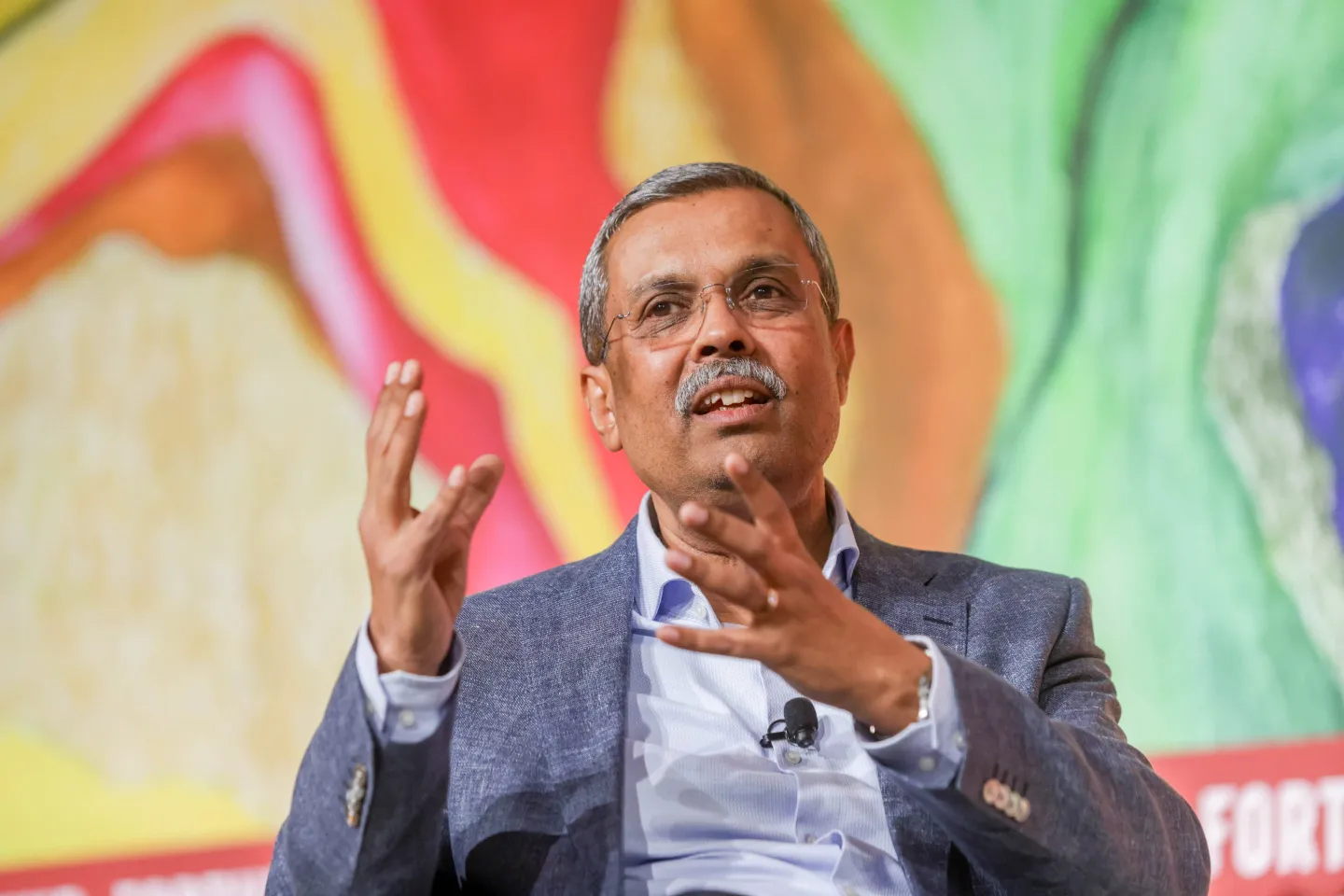


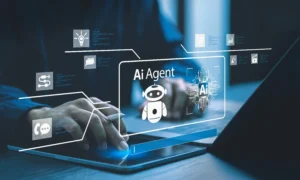



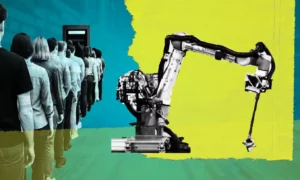









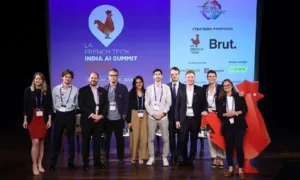

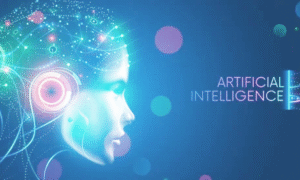



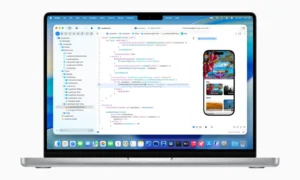

Pingback: Mozilla warns AI in Chrome could deepen Google’s browser dominance
Pingback: AI Isn’t Dead, But the Hype Is: What Comes After the Buzz Fades
Pingback: Texas A&M Launches AI and Business Minor to Shape Future Leaders
Pingback: Intensive Residency Hours Fuel Mental Health Crisis Among Medical Trainees
Pingback: AI-Powered Workforce Planning Gets Smarter: Konverz AI Reimagines Skill Evaluation with Behavioral Science